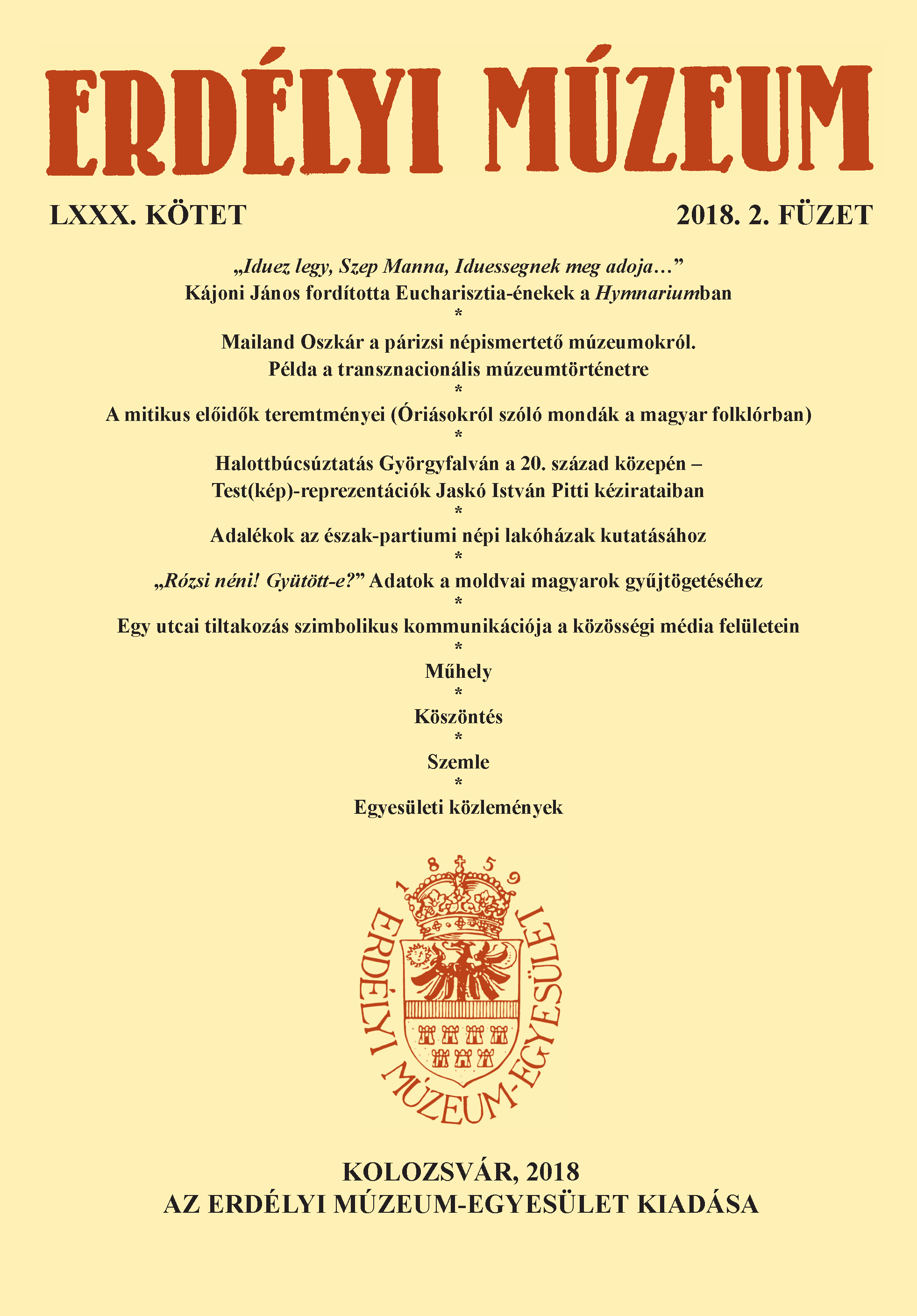Adalékok az észak-partiumi népi lakóházak kutatásához
Details for the Research of Rural Architecture of North-Western Transylvania
Author(s): Árpád FuruSubject(s): Cultural history, Architecture, Social history, Recent History (1900 till today), Cultural Anthropology / Ethnology, 19th Century
Published by: Erdélyi Múzeum-Egyesület
Keywords: rural architecture; the architecture of the Swabian North-west Transilvania
Summary/Abstract: The functional, structural and ornamental variety of the rural dwelling houses in North-west Romania had a major role in the evolution of the architectural micro zones. The functional development of the residential buildings is based on the house with baking oven in the dwelling room. Starting from the 18th century the architecture of the German (Swabian) colonized villages influenced the rural architecture of the neighbouring communities. At the beginning of the 20th century, in the German villages houses with porticos and half pitch roofs were built. The barns were large and had ornamental gates. The other important zone is Maramureș, where the special techniques related to timber structures and carving were used also in Țara Chioarului and Țara Lăpușului. A special micro zone is formed by the miner villages surrounding Nagybánya/Baia Mare.
Journal: Erdélyi Múzeum
- Issue Year: LXXX/2018
- Issue No: 2
- Page Range: 95-113
- Page Count: 19
- Language: Hungarian

